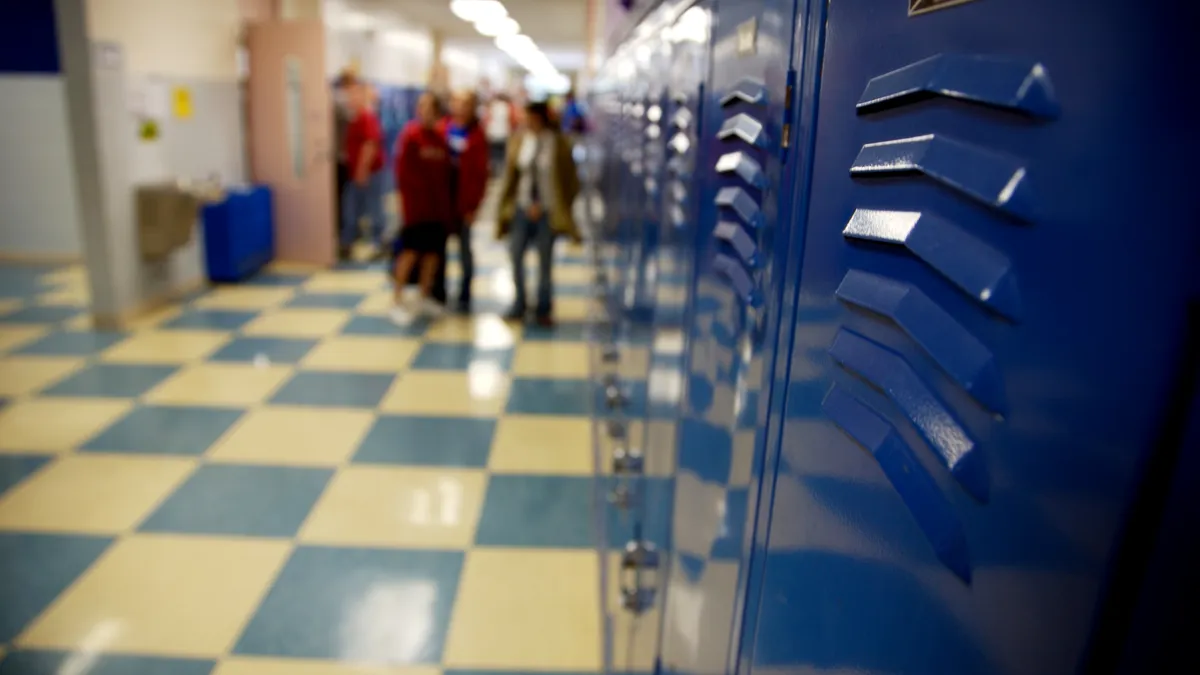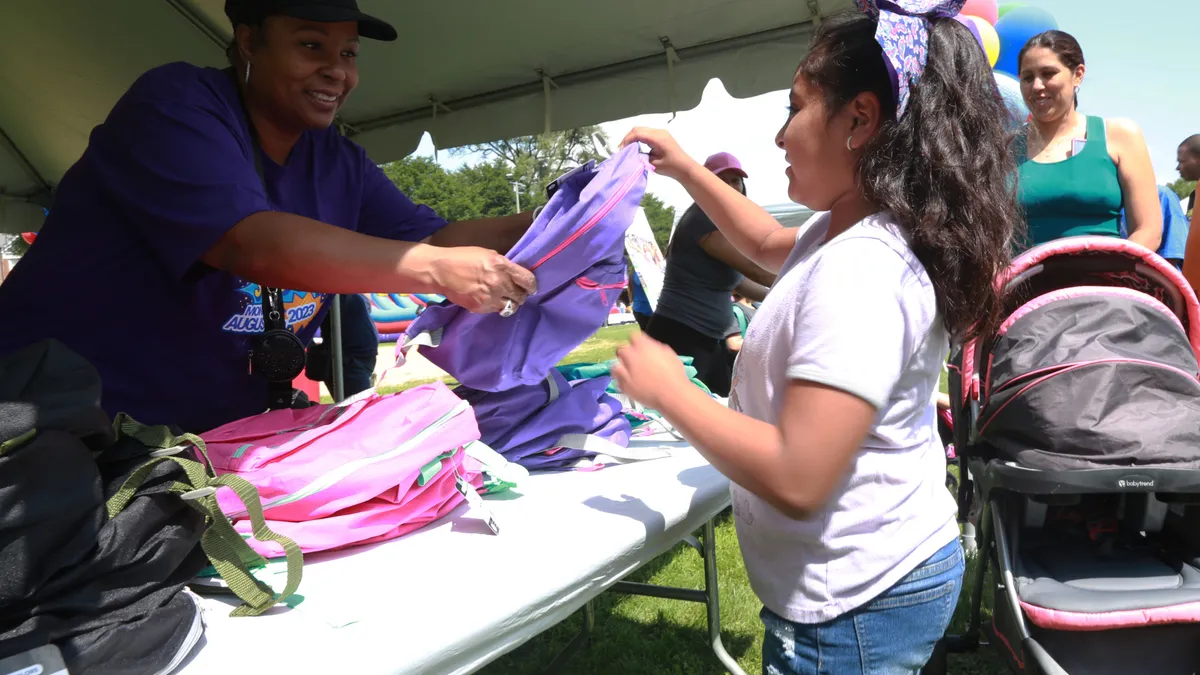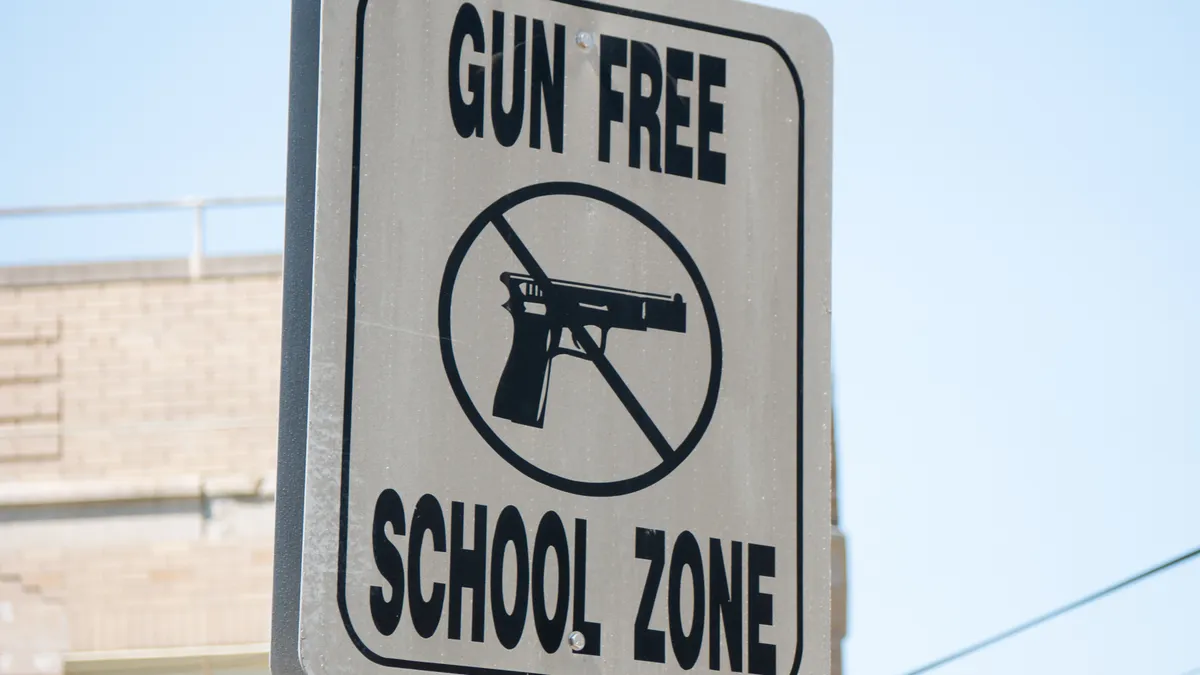Starting high school can be a fraught time for students who face adjusting to a new environment, new teachers and, often, new friends.
It can also be a time of increased anxiety for parents, who worry about how their children will adapt and fare both academically and emotionally.
It’s up to teachers and administrators to address those fears and worries in a constructive way, said Adie Simmons, executive director of Washington Family Engagement, a nonprofit based in the Seattle area. Ideally, the process starts as early as elementary school, she said.
“Elementary, middle and high schools should work together to understand how transitions impact not just the student but the whole family — and particularly those with different backgrounds,” she said. “This understanding can lead to the creation of transition education and special programs for incoming 9th grade families.”
To help school leaders prepare to welcome and engage families of incoming 9th graders, and to help these new students settle into their academic and social environment, Simmons and other experts recommend the following best practices.
Address students’ worry
Teens worry about being in a different learning environment, with new teachers and subjects and social changes, Simmons said. In addition, 9th graders can be afraid of being in the same school as older teenagers. “We all have heard about kids’ fears of being thrown in the school’s dumpster,” she said.
Transitioning to high school involves both emotional and academic preparedness, said Karla Jiménez, director of school and community relations for Elgin Area School District U-46 in Illinois. “Emotionally, students should feel confident, supported and have a sense of belonging within their school community. Academically, students should be prepared for increased autonomy and responsibility for their own learning.”
Incoming 9th graders and their families should be given opportunities to acquaint themselves with their new environment, receive guidance and establish open communication channels, Jiménez said. To pave a road to success, incoming students should have clear academic and behavioral expectations, including understanding their new schedule structure and knowing who to contact for support, she said.
They are also encouraged to get involved in clubs, sports or other extracurricular activities, to help them find their niche, Jiménez added.
Since the COVID-19 pandemic, many students have struggled with building resiliency and overcoming adversity, key aspects of being emotionally and academically successful, said Jennifer Sutton, principal of Von Steuben Metropolitan Science Center, a public magnet school in Chicago.
“As students transition from 8th grade to high school, they are moving from usually a smaller, more nurturing environment to one that is more complex, with more decisions and choices for them to manage on a daily basis,” Sutton said. “A successful transition may require a student to ask questions, take risks and make mistakes, with the goal of personal growth and developing beneficial friendships.”
Start early
The transition to high school can be hard for parents, whose fears for their children range from a decrease in academic performance to bullying, peer pressure and exposure to drugs and alcohol, as well as the prospect of their children getting behind the wheel of a car, Simmons said.
“Families become anxious. Parents realize their kids are growing and changing in front of their eyes, and they become afraid of what may happen to their young teens in a new, larger school environment,” Simmons said.
Students and parents need to know that transition anxiety is normal, and schools should arm them with the necessary knowledge to ease that, she said. “The more they learn about the importance of 9th grade — how high schools work and what student supports they offer — the better they will adjust to the transition.”
High school transition preparation should start as early as 5th grade and involve a collaboration among the “senders,” or elementary and middle schools, and the “receivers,” or high schools, Simmons said.
Elementary and middle schools can partner with high schools to conduct high school tours for families, bring high school speakers — including students — to classrooms, provide materials for parents in advance, and offer opportunities for parents to build relationships with high school staff, Simmons said.
“In partnership, feeder schools can offer preparation workshops and family events so that adults and kids can plan, discuss hopes and dreams, and learn [about] topics,” she said.
According to Simmons, useful workshop topics might include:
-
The importance of 9th grade.
-
A primer on high school policies.
-
How many credits are needed for high school graduation?
-
What is a GPA?
-
What courses are offered in high school and how to sign up for them.
-
What are required versus elective courses?
-
Admission requirements for state and private colleges and universities.
-
Opportunities for family engagement at the high school level.
Building a bridge between middle and high schools through joint activities can ease the transition, Jiménez agreed.
“Our middle and high school leaders come together often to collaborate and plan,” she said. “In the fall, we extend an invitation to 8th-grade students and their families to attend high school magnet open houses.
Also, high school counselors visit middle schools to help incoming freshmen select their future courses, and they offer visits to students’ future high schools, Jimenez said.
Build supportive systems
Elgin Area School District high schools offer a three-day “freshman connection” summer program designed for incoming 9th graders that features community and team-building activities aligned to social-emotional learning standards. The activities promote critical thinking, creativity, collaboration and communication, Jiménez said.
The program “aims to introduce incoming freshmen to their teachers, build relationships with their peers, allow them to become familiar with their new building, and preview their high school schedule,” Jiménez said.
Also, all Elgin Area School District high schools have an assistant principal of freshman success. “These administrators work closely with 9th graders, counselors and freshman level teachers, ensuring they stay on track to graduate in four years and have a successful first year of high school,” she said.
At Von Steuben, students from upper grades are assigned to mentor and support incoming 9th-grade students by answering questions, guiding them in developing friendships and social skills, and helping them learn how to navigate challenges.
“This has promoted leadership amongst students and encourages the same students who received support to become mentors themselves. The peer mentoring develops a more positive school community and promotes school pride,” Sutton said.
Be mindful some families have more anxiety than others
Normal transition anxiety is compounded for families of students with disabilities and those who speak languages other than English at home, the experts said.
For example, some parents born in other countries might have no frame of reference when they imagine U.S. schools, so they could be at a loss for how to support their children, Simmons said. “Often, schools perceive them as uninterested and disengaged when they are just trying to understand the system and are afraid to ask.”
Such families need outreach and family education in their language of choice, so they can embrace the notion that they can contribute to their kids’ education, Simmons said. This, too, is best done as a collaborative effort among “sender” and “receiver” schools.
Sutton agreed. “It is important for families to be aware of, and advocate for, communication in their home language as much as possible and to connect with someone at the school for questions or concerns,” she said.
Parents of students with disabilities experience anxiety regarding the physical and emotional safety of their children in a larger school campus, Simmons said.
For example, they may worry about a potential lack of supervision in the new school, even if supervision is mandated by their children’s individualized education programs, she said. Long term, they worry about how their children will fare after high school graduation and what resources will be available then.
“Schools can ease their anxiety by anticipating needs and providing support and continuous information,” Simmons said.
Parents of students with disabilities are often burdened with advocating for their child's needs in the lower grades, Sutton said. “[They] are best supported in a high school community that welcomes the insight of parents while supporting ways for students to become better advocates for themselves as a life skill.”













